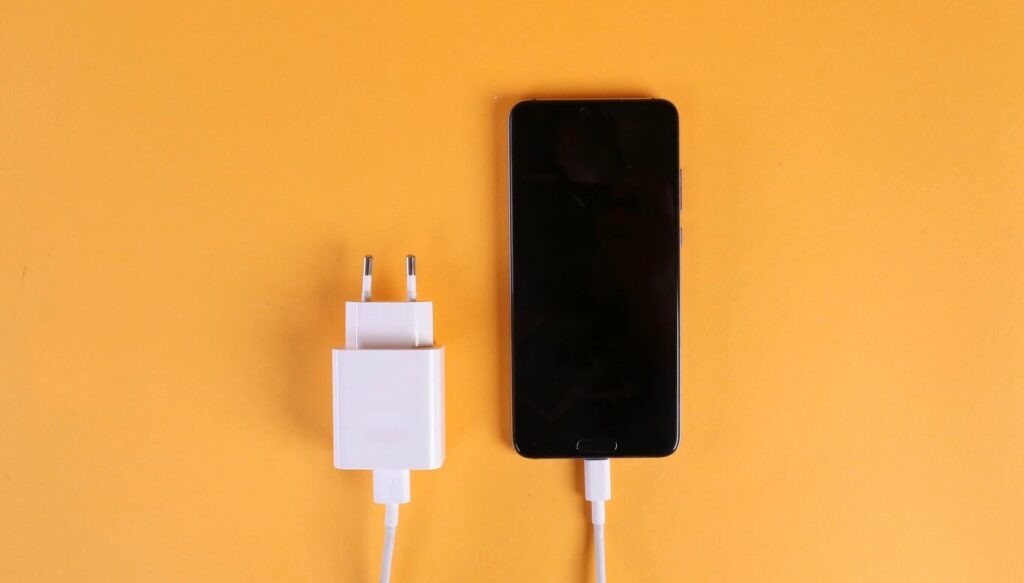Smartphones & Tablets | May 30, 2023

The generation of heat is a normal but unwanted side effect of charging your phone, up to a certain point. However, if your phone charger becomes excessively hot during operation, it’s important to take measures as overheating can be dangerous. Here are the main reasons why your charger may be overheating:
Using a charger that is not designed for your phone can cause it to heat up. The key is that chargers specifically created for the electrical specifications of your phone and its battery are programmed to provide the right amount of power, which may not be the case with others.
If you use a charger with an output power lower than that required by your phone, it can lead to overcharging and cause the charger to work harder to provide sufficient energy to the device. Be cautious because if it doesn’t cool down, it can overheat to the point of burning, potentially causing a fire.

One of the effects of fast charging (beyond the obvious fact that the battery charges faster) is that it generates more heat than a regular charger. To keep this extra heat under control, some manufacturers implement power management functions and built-in cooling in the device itself.
If you are using an ultra-fast charger, it is likely to generate heat, and it should not be a problem. However, it is still advisable to avoid excessive heat by keeping it away from direct sunlight or placing it on surfaces that do not dissipate heat well (such as the sofa).
Although it may seem obvious, it’s worth mentioning that if you are charging your phone under direct sunlight or inside a hot car, it is more likely for the charger to overheat.
Considering that the charging process itself generates heat, when combined with the existing heat in the environment, it can potentially damage internal components of the charger, leading to overheating and short circuits.
Excessive heating of a charger can also be caused by internal components that are not functioning properly. If certain parts of the equipment are unable to handle the energy or voltage they receive from the outlet, it can result in overheating.
This can be simply due to wear and tear from usage (be cautious with excessive movement or bending of the cable), low-quality components, or those lacking proper safety checks and relevant quality certifications. Purchasing a counterfeit or imitation charger doesn’t guarantee overheating, but it does increase the chances of it happening.

Perhaps the issue causing overheating problems may not be the charger itself, but rather the power strip it is plugged into. It’s important to note that connecting a charger to a power strip does not necessarily result in overheating, but if the power strip is not functioning properly, it can be one of the consequences.
Keep in mind that power strips have a maximum operating power, so if you have multiple devices connected to it that exceed the recommended design values, the result can be overheating and even damage to the connected devices.
If you have ruled out all the previous possibilities, then consider that the problem may lie with your phone, and you may need to seek support for it.
When certain components of your phone are damaged, one of the consequences can be the charger overheating. Although the battery is often the primary suspect, it is not the only “culprit.” It could be related to other hardware components or even the phone’s software. When the phone is defective, it may draw more energy from the charger, resulting in that extra heat.
If you want to minimize overheating of your phone charger, here are some good practices and recommendations: